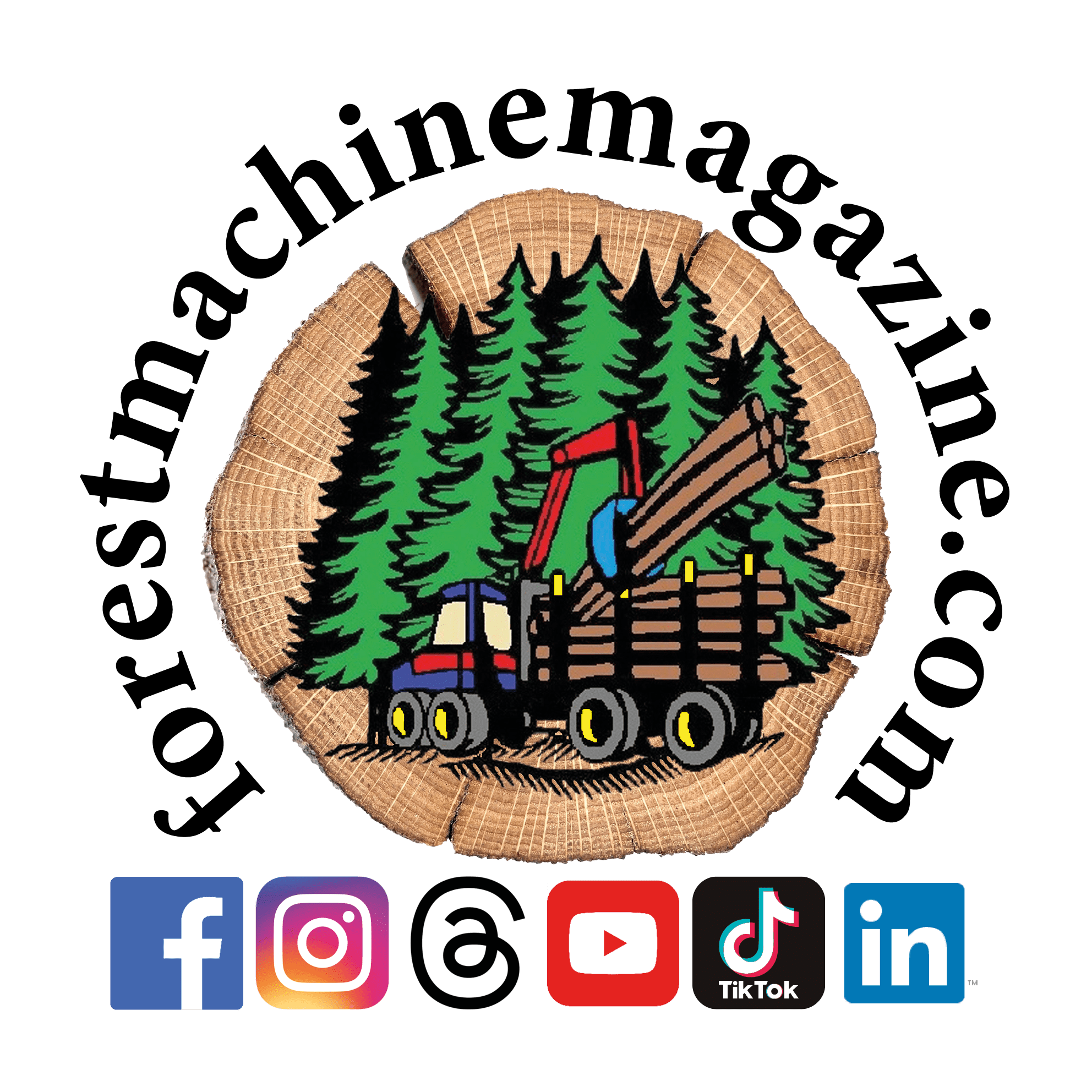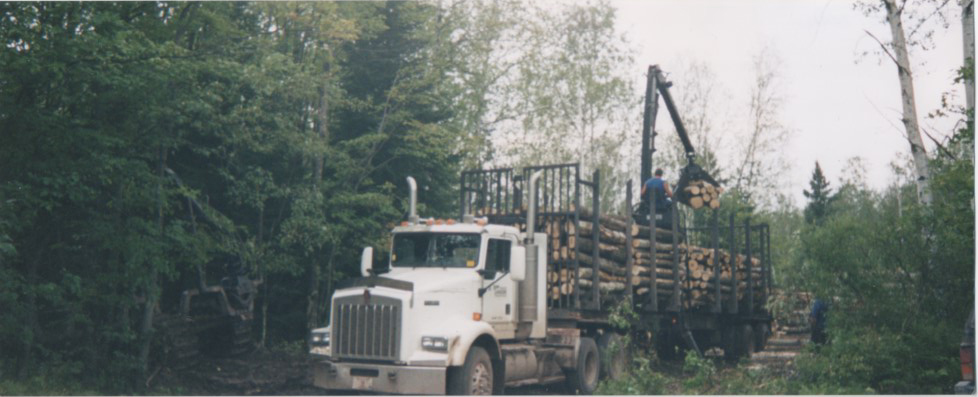By: Ian Ross
The unexpected consumer run on toilet paper during the COVID-19 outbreak has provided an opportunistic teaching point.
Derek Nighbor, president-CEO of the Forest Products Association of Canada (FPAC), said panicked buying of specialty paper products delivered a “big surprise” to industry producers.
But it also opened a window for his Ottawa-based trade association to deliver the message to Canadians and government officials of the vital role this natural resources sector plays in the harvesting, manufacturing and delivery of the products they need every day.
“You don’t have toilet paper or any of these products if you don’t have the sawmills selling their chips.”
FPAC is the Ottawa-based voice for Canada’s wood and pulp and paper industry with a corporate membership base that includes EACOM, Domtar, Aditya Birla Group, Resolute Forest Products, and Weyerhaeuser.
In presenting a cross-Canada snapshot, Nighbor said some sawmills in Ontario, Québec and British Columbia were taking a few weeks of downtime to see how the pandemic situation plays out.
The timing of the outbreak, south of the border, doesn’t look promising for U.S. housing starts in the months ahead, a good indicator of the health of the Canadian lumber sector, while at the same time Canadian producers continue to pay cross-border softwood lumber duties.
“The big question is, how long is this going to last?” said Nighbor.
Pulp mill operations were running full out for the obvious reason of the surge in demand for toilet paper, paper towels and specialty products related to sanitation, cleaning and personal protective wear, including surgical masks and gowns.
“That’s great for communities like Espanola, Dryden and others,” said Nighbor.
What will factor into whether mills remain open or decide to close, he said, depends on the demand for specific fibre-based products, but also the ability to operate with the required number of staff on the floor, due to COVID-19-related employee absenteeism.
Among FPAC members, Nighbor said the first focus is keeping their workforce safe, and being mindful of situations where workers tend to queue up and gather, such as during shift change and meal breaks.
The next area of focus is keeping the supply chain moving.
“We’re a very integrated sector. The residuals from our sawmills are feeding our pulp mills and our pulp mills are helping further manufacturers make diapers, sanitary wipes, and toilet paper and paper towels, and a whole host of products that people need.”
Key to the flow of material has been the provincial designations of essential industries.
Nighbor paid credit to Ontario for being the first government to include forest products producers (lumber, pulp, paper, wood fuel) on its list of essential workplaces, as well as those in their supply chain.
“They were the quickest and clearest movers in this essential designation,” he said. “It was very clear and left no room for confusion.”
The other provinces have been a regulatory “mixed bag” in recognizing all aspects of the supply chain.
Heading into 2020, producers had high hopes after a trying 2019 with the ongoing softwood lumber dispute with the U.S., permanent sawmill closures, plummeting lumber prices, and other issues such as the dearth of skilled labour and new invasive species.
With conditions looking worse, FPAC wants Ottawa to introduce new measures to help the big forestry players maintain cash flow in a manner that would not put taxpayers on the hook.
Nighbor applauded the federal government on its $107-billion emergency COVID-19 relief plan to increase access to employment insurance and other programs to get money in the pockets of needy Canadians.
But after conferring with the Canadian Chamber of Commerce and the Canadian Business Council, FPAC is calling for expanded programming by at least $75 million through the Business Development Bank of Canada and Export Development Canada to provide low-interest loans for companies.
“We’re trying to find creative ways for the government to support us in a way that’s not bailing out the industry or putting taxpayers at risk.”
As for how 2020 will shake out, Nighbor said he’s an optimist.
The softwood lumber dispute is trending in the right direction with some trade tribunal wins by Canadian producers in reducing the duties.
Long term, wood looks to be the environmental and aesthetic building material of choice with the advent of more wood-framed tall buildings and for residential and multi-unit construction, he said.
“The big wildcard is how long does this go on for? How bad does it get in the U.S.?”
The big determinant will be U.S. housing starts, the largest export market for Canada.
“It’s concerning and scary to watch,” Nighbor said. “We’re all watching and reassessing.”
Forest Machine Magazine is written and edited by a forest professional with over 40 years hands on experience. We are dedicated to keeping you informed with all the latest news, views and reviews from our industry.
To support us you can subscribe to our bi-monthly magazine which is delivered to your door from only £30 per year.
Subscribe here

